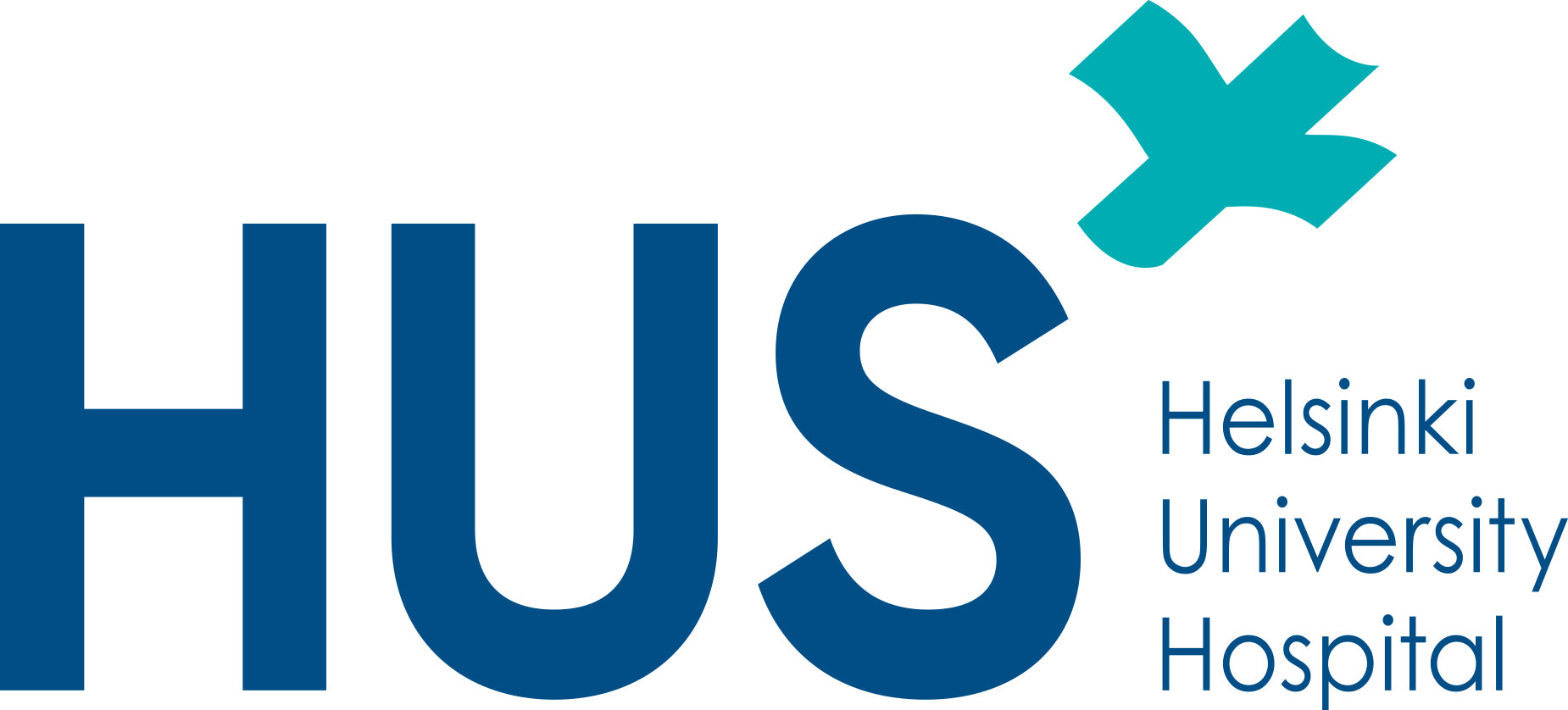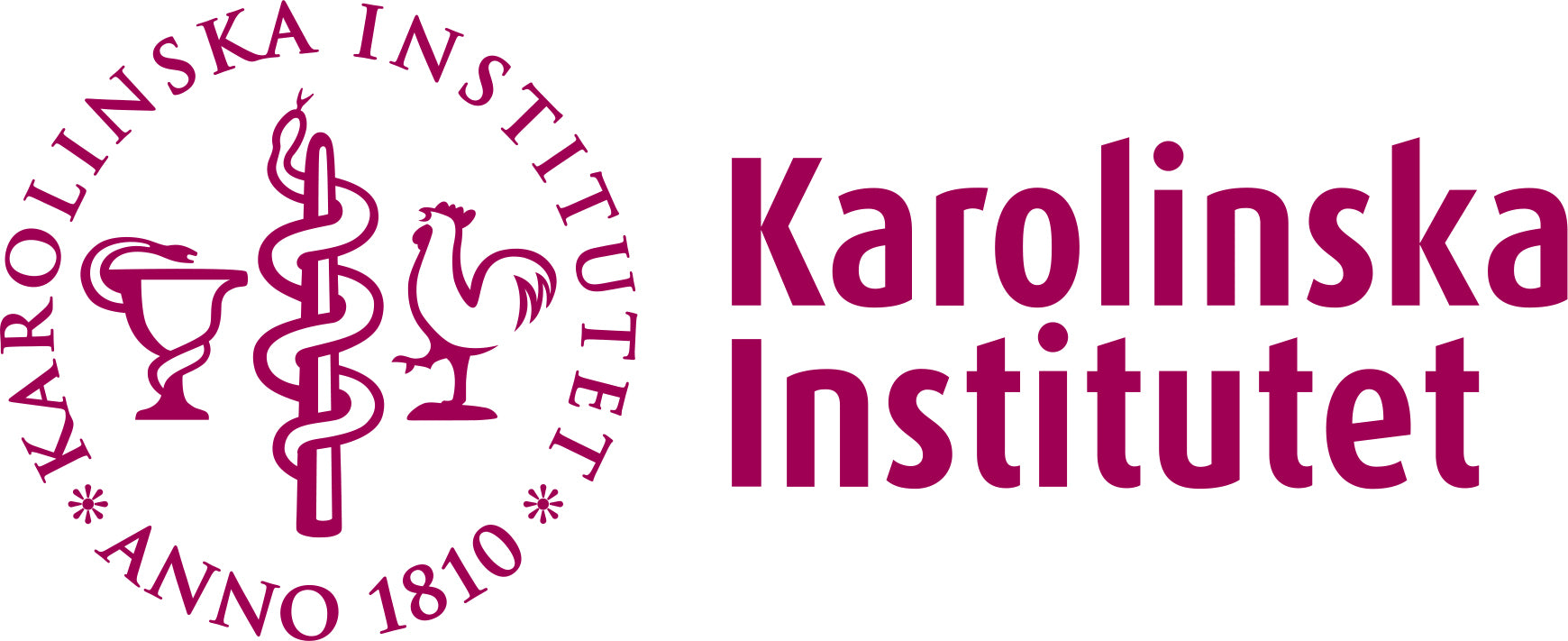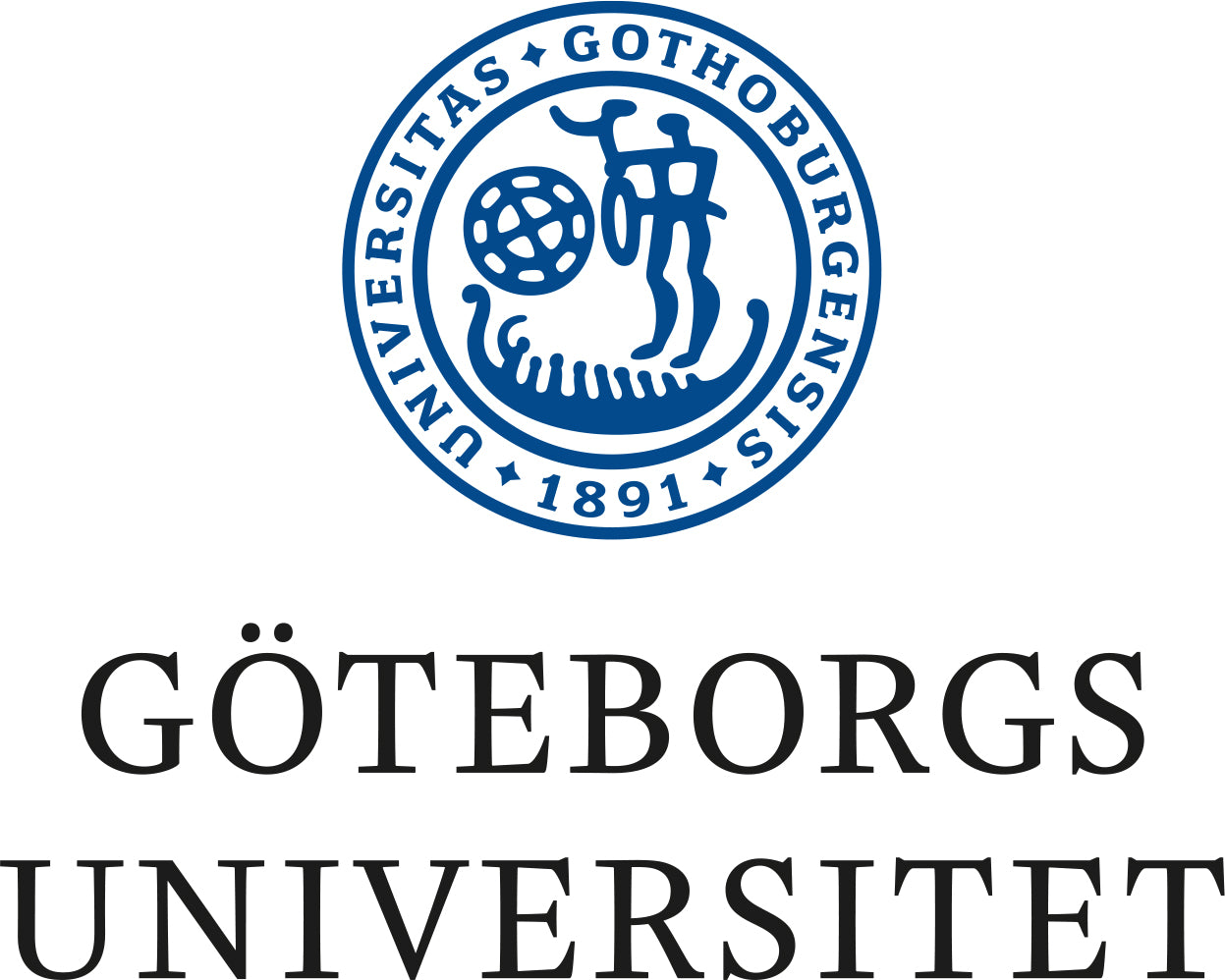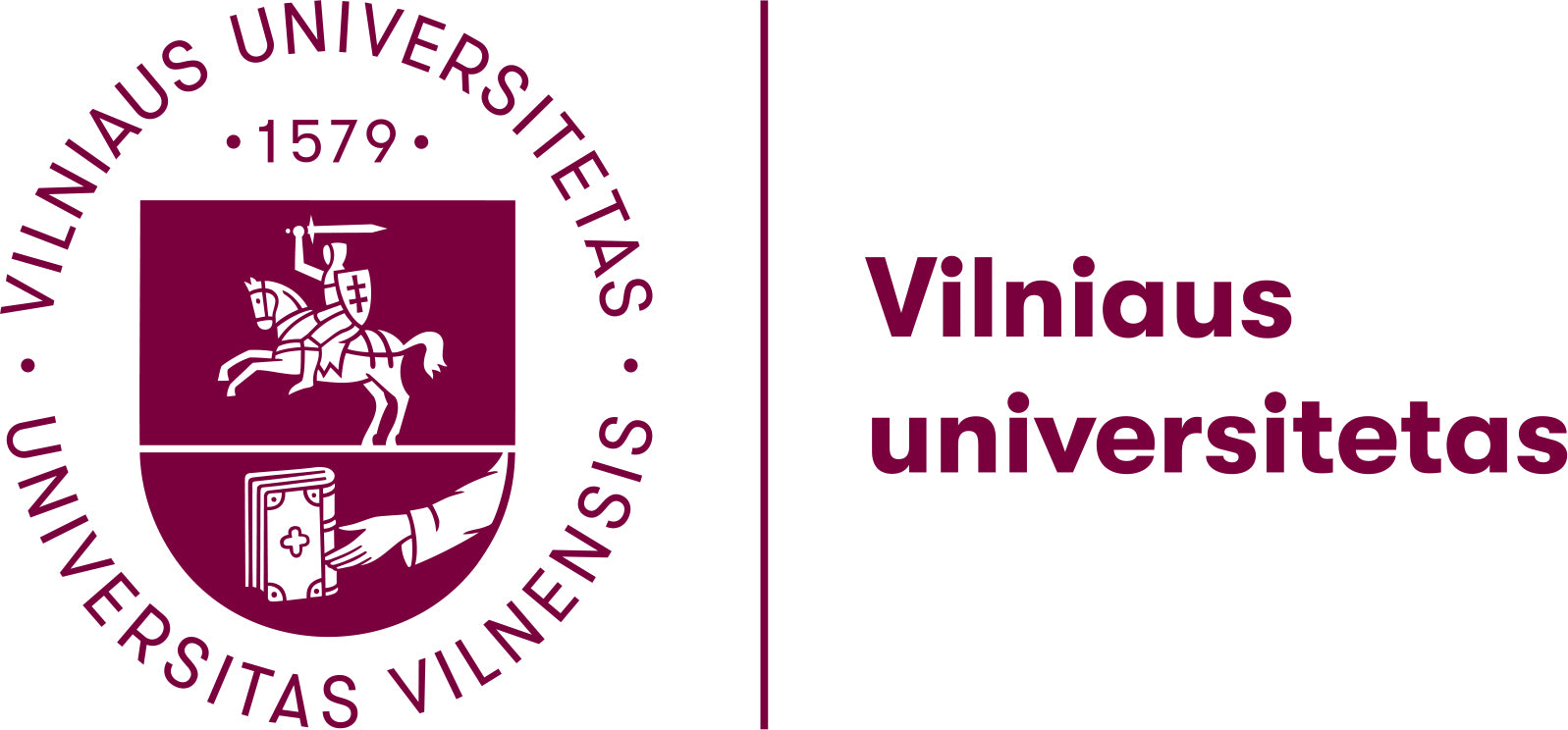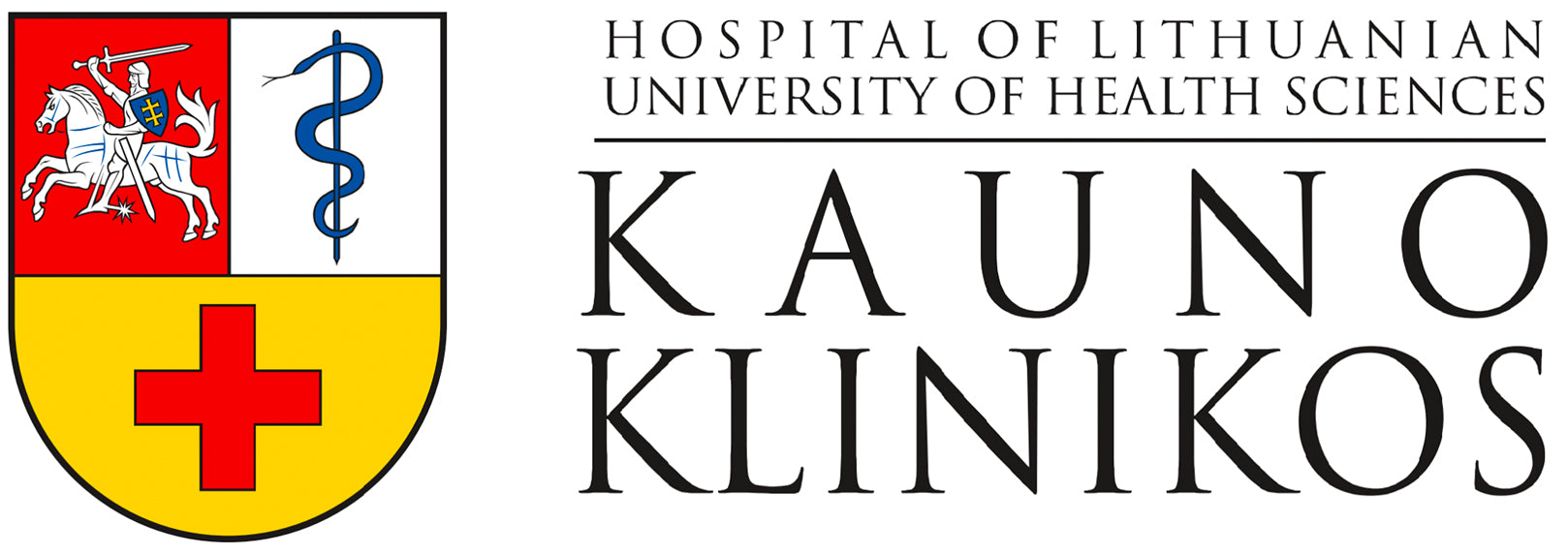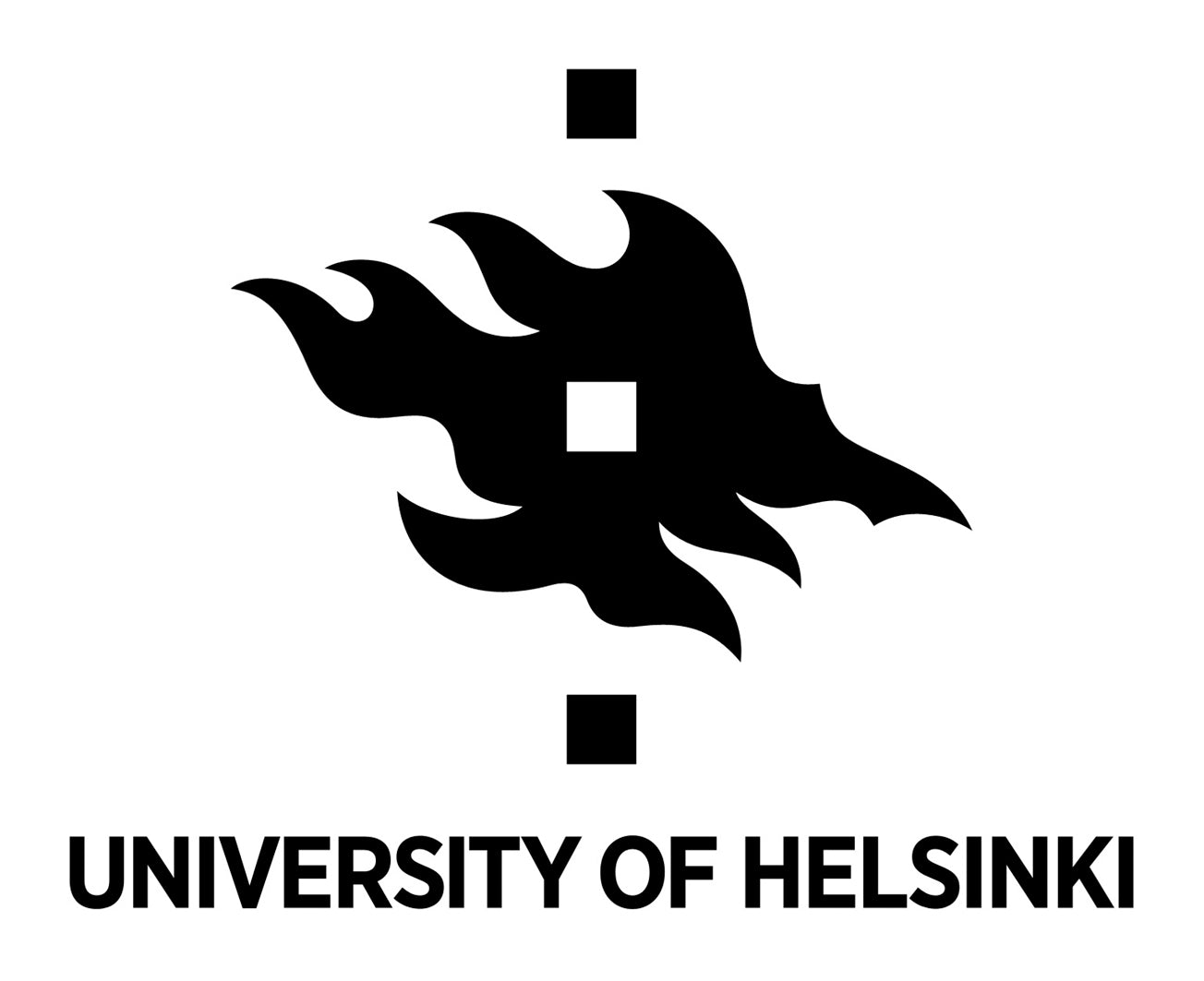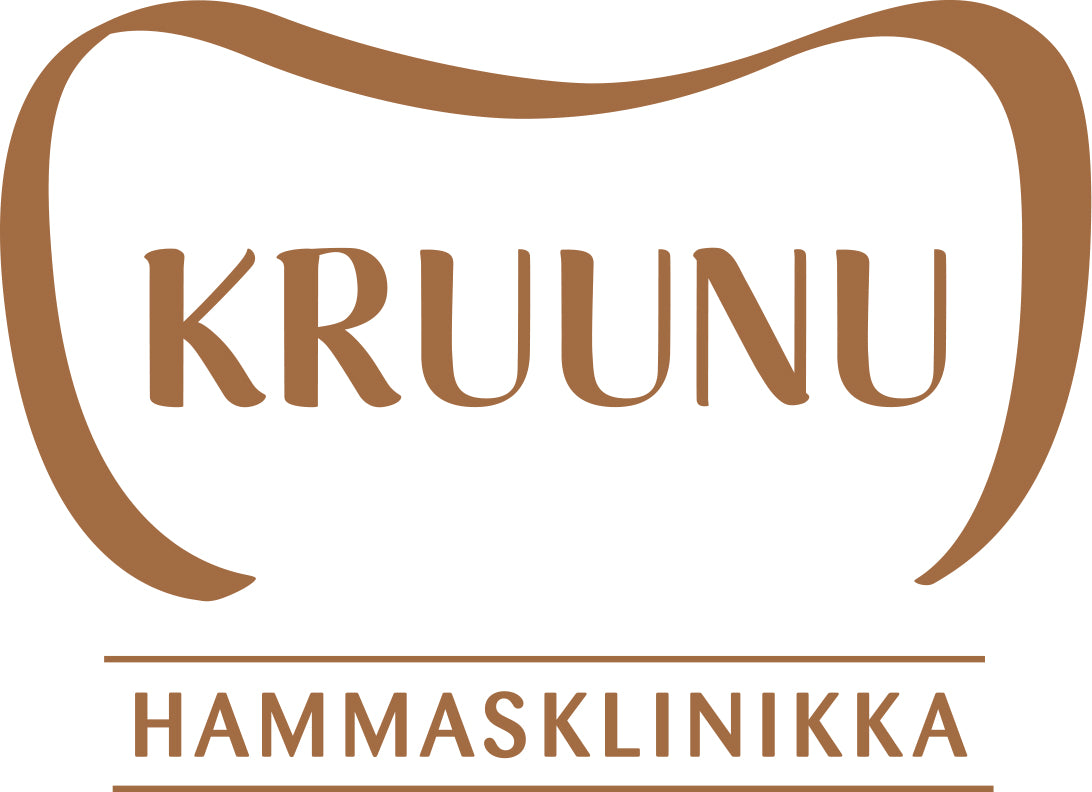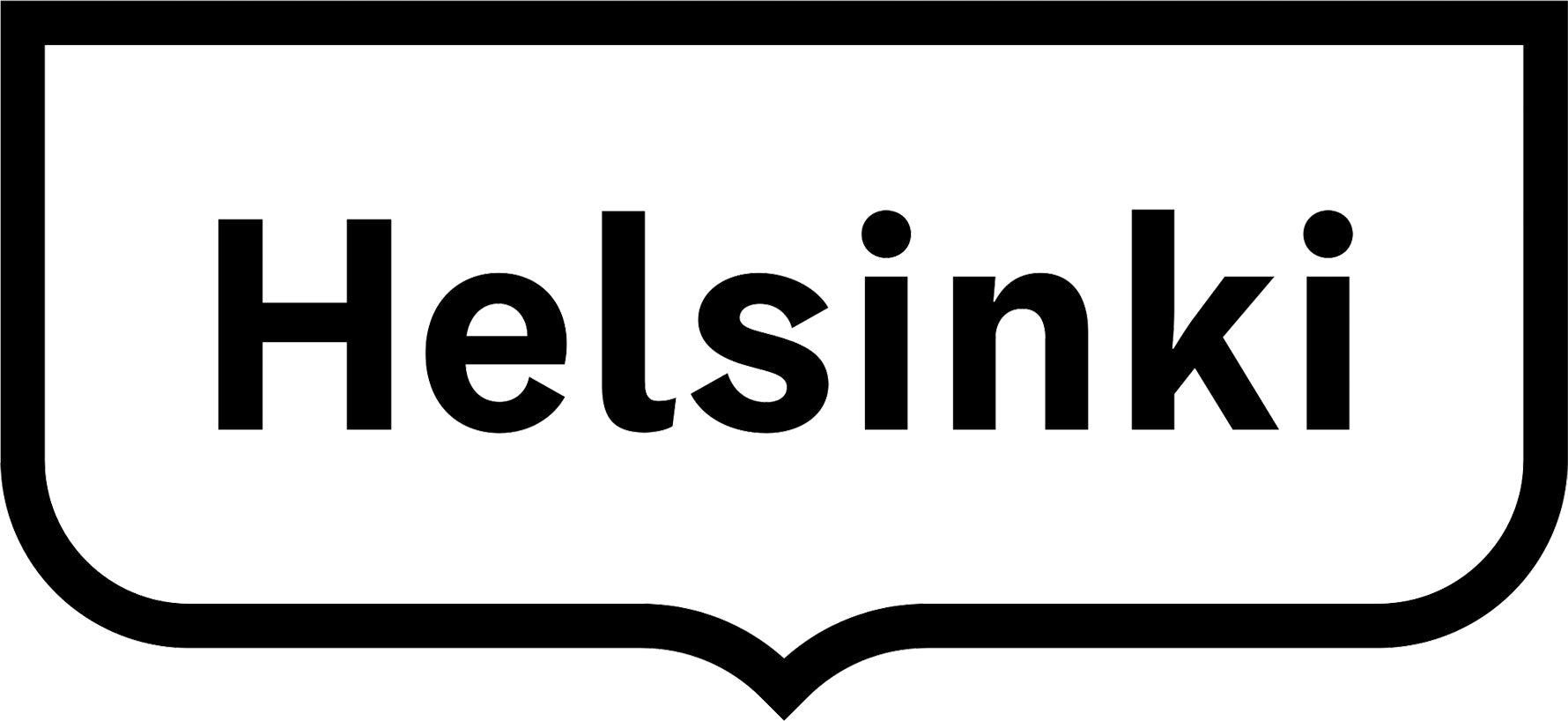A summary of study results
"Success in science is only achievable with deep, cross-disciplinary collaboration. We want to highlight and thank the contributions of all the professionals and students in different universities, and partners in private and public dental clinics. We also must express our gratitude to the voluntary study participants; without them, clinical trials are not possible."
- Mikko Kylmänen, Clinical Project Manager, Koite Health Ltd
Read more about Lumoral research at lumoralpro.com
A randomised clinical trial on periodontitis (interim report): 57/200 subjects, in 2022
HOPE-CP, the largest clinical study on periodontology in Europe shows that periodontal treatment outcomes improve significantly when daily Lumoral treatment is added to the routine of periodontal home care.
In 54% of Lumoral users, the gingival inflammation index (BOP), an indicator of inflammation, was reduced to healthy levels (BOP less than 10%). Two out of three (67%) patients treated with Lumoral had at least half the number of deep gingival pockets compared to baseline. This result was significantly better than in the control group. Four patients in the Lumoral group had no deep gingival pockets at the end of the period.
The full report is submitted for peer-review, the interim report can be found here: https://www.mdpi.com/2304-6767/10/11/206
A randomised clinical trial on peri-implantitis (full report): 40 subjects, in 2025
This clinical study tested a home-use dual-light antibacterial photodynamic therapy (aPDT) for treating inflammation around dental implants.
Forty participants were divided into two groups: one used the dual-light device with a mouth rinse for four weeks, and the other followed regular oral hygiene.
The results showed that the dual-light group had a clear reduction in gum inflammation, with significantly lower bleeding and inflammation marker levels (aMMP-8). No similar improvement occurred in the control group.
The treatment was safe, easy to use at home, and well tolerated.
A multicenter, randomised clinical trial on periodontitis (preprint of the full report): 31 subjects, in 2025
Participants in both groups showed significant reductions in Visual Plaque Index (VPI) and Bleeding on Probing (BOP) at three and six months. However, participants in the NSPT + Lumoral® group exhibited significantly greater BOP and VPI reductions at six months (p=0.03, p=0.04) compared to the NSPT group. (NSPT = non-surgical periodontal treatment).
Incidence of Probing Pocket Depth (PPD) ≥ 4 mm reduced significantly in the NSPT + Lumoral® group at both follow-ups (p=0.0019, p=0.0043) but not in the NSPT group.
Periodontal epithelial surface area (PESA) and periodontal inflamed surface area (PISA) significantly decreased in the NSPT + Lumoral® group (p<0.01), while no significant changes were observed in the control group.
https://www.medrxiv.org/content/10.1101/2025.03.25.25324596v1
A pilot study on peri-implantitis (full report): 7 subjects, in 2022
A small pilot study tested the Lumoral® dual-light antibacterial therapy, a home-use device that combines blue and near-infrared light with a special mouth rinse (containing indocyanine green). Seven people with peri-implant disease used the treatment daily for four weeks alongside their normal oral hygiene routine.
After one month, results showed:
- Less dental plaque buildup.
- Reduced gum bleeding and inflammation around dental implants.
- Lower levels of the enzyme aMMP-8, a biological marker linked to gum tissue breakdown.
- No harmful effects were reported.
These findings suggest that regular home use of Lumoral can help improve implant health and reduce inflammation, supporting professional dental care.
A case report of a periodontitis patient: a 78-year-old person (full report), in 2022.
A case report on a 78-year-old male patient with vascular dementia found that Lumoral antibacterial treatment was effective in eliminating harmful oral bacteria while also treating advanced gum disease. Recovery from severe periodontal disease over a 13-month follow-up period was excellent, the study reveals. Oral hygiene improved markedly and the number of infected gum pockets decreased significantly. In addition, clinical adherence improved. Only one infected periodontal pocket remained. This can be argued to be at least partly due to occlusal trauma, the researchers point out.
Enhanced plaque control - A randomized crossover study on healthy adults (submitted for peer-review), 20 subjects, in 2025
Lumoral dual-light aPDT significantly reduced plaque compared to baseline (p=0.0001), while conventional care alone showed no significant change (p=ns).
Conclusions:
Daily use of dual-light aPDT as an adjunct to self-care significantly enhances plaque control beyond conventional toothbrushing and flossing. These findings support the potential of dual-light aPDT as an effective, non-invasive preventive strategy for maintaining optimal oral hygiene in healthy adults.
A randomised study of elderly people living in 24-hour care facilities (submitted for peer-review): 31 subjects, in 2023
The study found that light-activated Lumoral treatment improves oral health in 24-hour care home residents as part of a regular oral hygiene routine. The Lumoral group had better oral hygiene as well as better oral moisture (objectively and subjectively assessed).
A randomized plaque study in healthy adults (submitted for peer-review): 15 subjects, in 2023
A plaque study carried out by students of oral hygiene at the Metropolia University of Applied Sciences, in Helsinki, found that using Lumoral twice a week is also beneficial for people in good health. The study also revealed that biofilm reduction was significantly greater in the experimental group of Lumoral users than in the control group.
The aim of the study was to investigate the effectiveness of the antimicrobial Lumoral method in reducing oral biofilm as part of oral self-care in healthy volunteers aged 18-70 years.
Ongoing clinical studies
Please note that this listing does not include previously published studies. (See above for published clinical studies)
Sponsored / investigator-initiated; Investigators
Number of targeted participants (status)
Sponsored.
Investigators: Ann-Marie Roos Jansåker, Katja Elses, Vanessa Larsson
40 (active, follow-up)
Sponsored.
Investigators: Anna Maria Heikkinen, Kati Ylä-Tuuhonen, Katja Rauhala, Timo Sorsa, Jaana Hagström, Ulla Kotiranta, Taina Tervahartiala, Esko Kankuri
60 (active, recruiting)
Sponsored.
Investigators: Ingrida Pacauskiene, Nomeda Basevičienė, Vita Mačiulskienė, Raimonda Guntulytė, Alma Pranckevičienė, Timo Sorsa, Ismo Räisänen, Petri Auvinen
60 (active, follow-up)
Investigator-initiated.
Investigators: Anna Maria Heikkinen, Millamari Sarja, Satu Kapanen, Teija Raivisto, Timo Kauppila, Ismo Räisänen, Tommi Pätilä, Timo Sorsa, Saila Pakarinen, Essi Teronen, Mikko Kylmänen
97 (active, follow-up)
Investigator-initiated.
Investigators: Nilminie Rathnayake, Timo Sorsa, Akke Kumlien, Monika Kala, Tommi Pätilä
80 (active, recruiting)
Investigator-initiated.
Investigators: Harri Niskanen, Timo Sorsa, Katja Gustafsson, Karim Abdalla, Pekka Kallio
40 (active, recruiting)
Investigator-initiated.
Investigators: Anna Maria Heikkinen, Patrick Saikkonen, Laura Mealonen, Miia Ehrnrooth, Timo Sorsa, Atte Vadén, Andreas Pfuetzner, Marko Helenius, Pirkko Pussinen, Timo Kauppila
150 (active, recruiting)
Investigator-initiated.
Investigators: Paolo Giacomo Arduino, Elio Berutti, Giuseppe Garlo Iorio, Umberto Ricardi, Gugliemo Ramieri, Paolo Garzino Demo, Tommaso Mairano, Alessio Gambino, Giorgia El Haddad
60 (active, recruiting)
Investigator-initiated.
Ulla Marjosola, Minna Elomaa-Krapu, Maarit Valtonen, Tommi Pätilä, Pekka Ruuska, Mikko Kylmänen
36 (active, follow-up)
Investigator-initiated.
Investigators: Prof. Alberto De Biase, Prof.ssa Anna Scotto d’Abusco, Dr. Marco Lollobrigida, Dr. Giulia Mazzucchi, Dr. Alessia Mariano
30 (active, recruiting)
Investigator-initiated.
Investigators: Vanessa Faber, Prof. Werner Birglechner
52 (active, recruiting)
Investigator-initiated.
Investigators: Hellevi Ruokonen, Karita Nylund, Nina-Li Avellan, Patricia Stoor, Kirsten Besuch, Viivi Mattila
80 (active, follow-up)
Investigator-initiated.
Investigators: Elisa Ronkainen, Juho Suojanen, Timo Sorsa, Junnu Leikola, Arja Heliövaara, Taina Tervahartiala
15-20 (recruitment completed, data analysis)
Investigator-initiated.
Investigators: Dimitra Sakellari, Chrysoula Vakaki, Veta Doufexi, Timo Sorsa, Ismo Räisänen, Tommi Pätilä
60 (recruitment completed, data analysis)
The importance of research
Clinical device research is essential to ensure that healthcare devices are safe, effective, and meet the necessary performance standards. High-quality clinical trials, grounded in scientific evaluation, provide both users and healthcare professionals with confidence in the safety, reliability, and effectiveness of medical devices.
Standards are the foundation of clinical research
International standards are the cornerstones of the clinical study designs for Lumoral. These include ISO 14155 GCP (Clinical Trials on Medical Devices - Good Clinical Practice) and the European Union's Medical Device Regulation EU 2017/745 (MDR). A clinical trial for Lumoral should have clear goals and objectives, either to confirm that the treatment's effects align with the already approved marketing authorization or to explore new uses for Lumoral. Strict regulatory compliance will ensure that the safety of participants in the studies is maintained.
Driving innovation
Lumoral's research opens up new possibilities for the development of oral care. Our company is proud to be able to promote health and well-being through innovative solutions.
Ongoing and completed studies highlight the diverse applications of Lumoral in enhancing oral health across various populations and conditions.
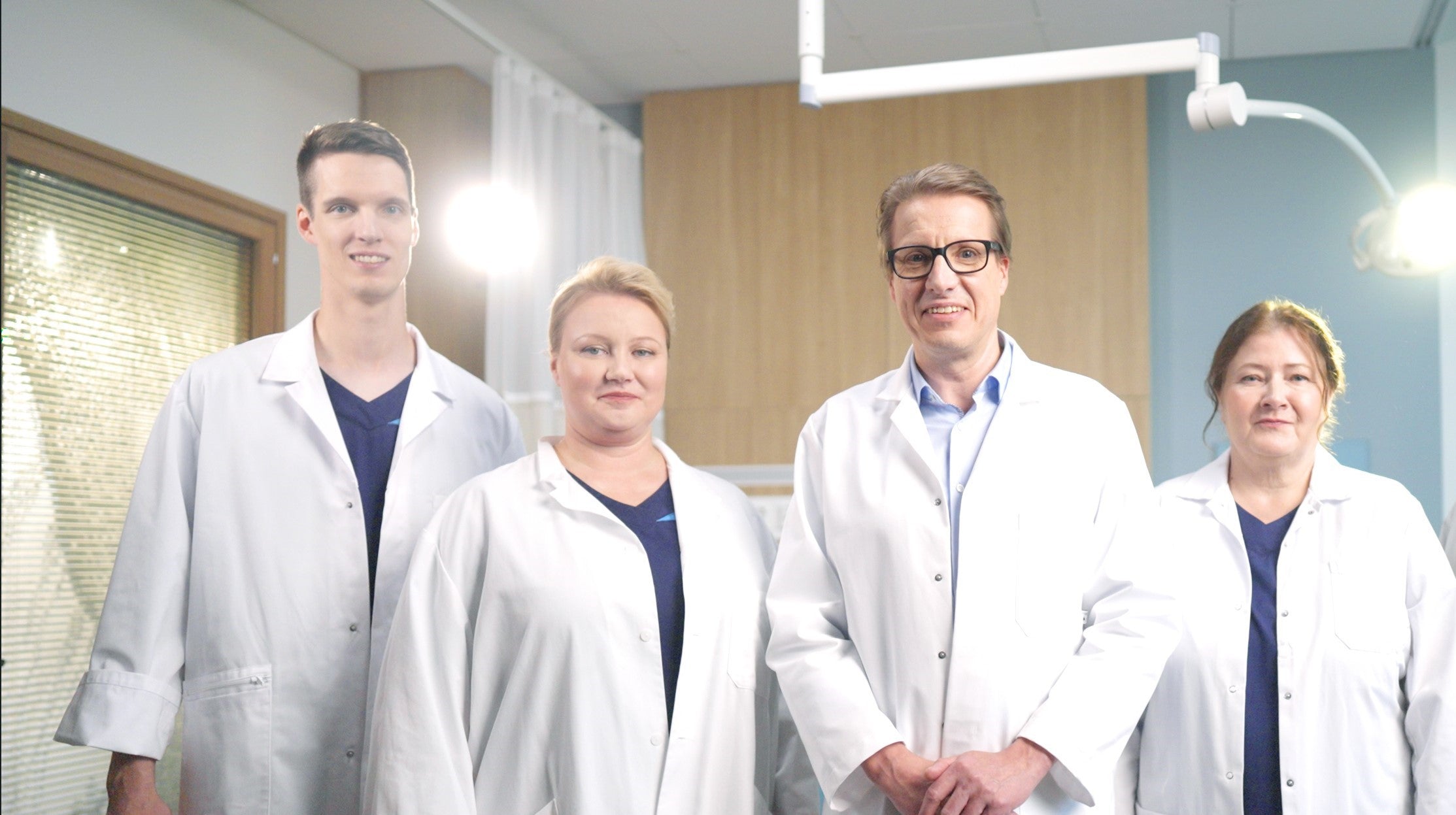
Lumoral: New Advances in the Scientific Research of Antibacterial Lumoral Treatment
The Finnish oral health innovation, Lumoral, has sparked significant interest in the academic community, with several new studies launching in recent months. Mikko Kylmänen, Research Manager at Koi...
In research cooperation with
